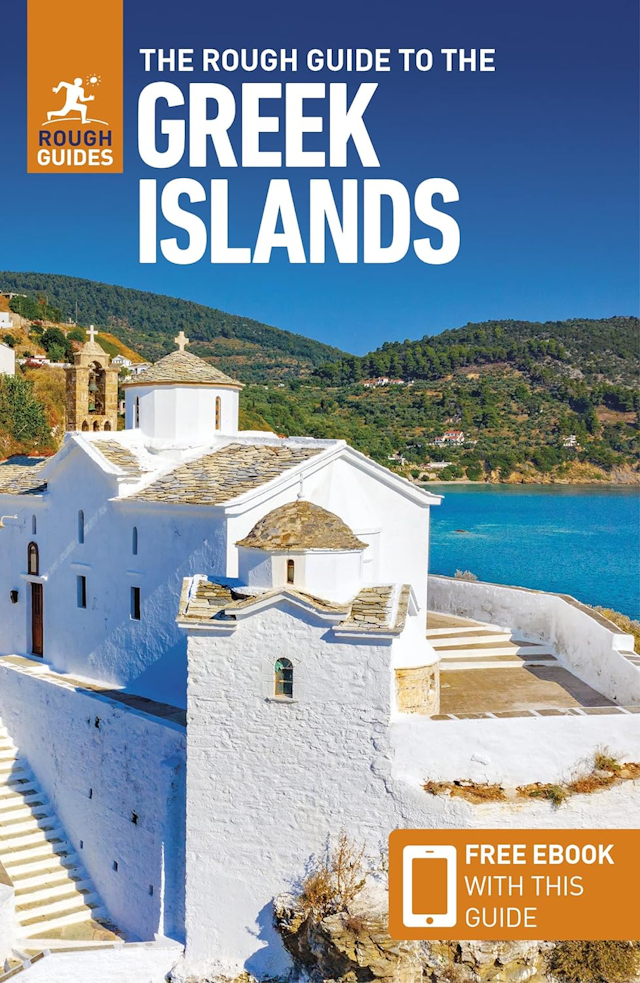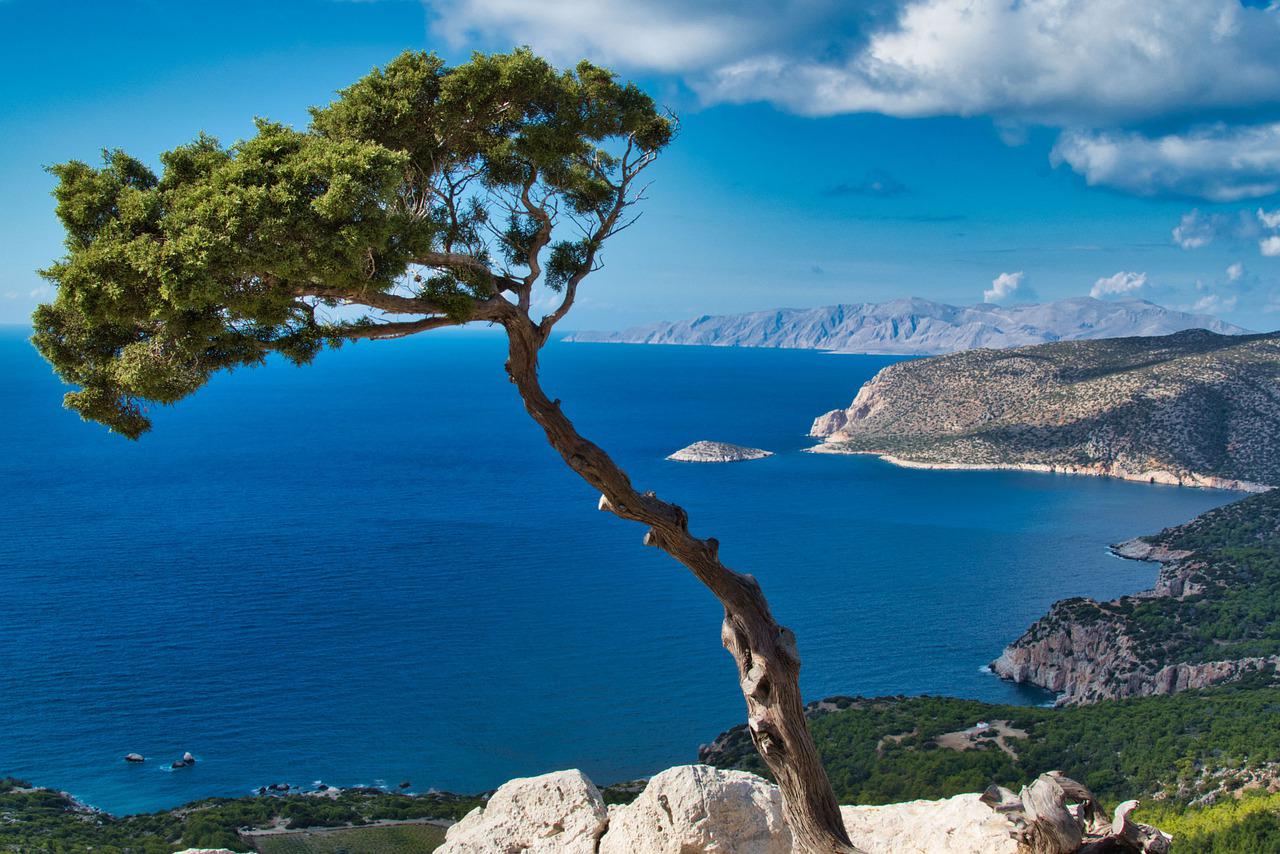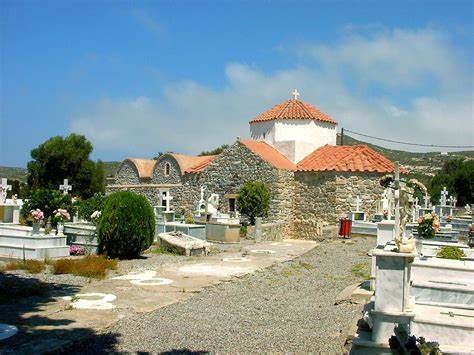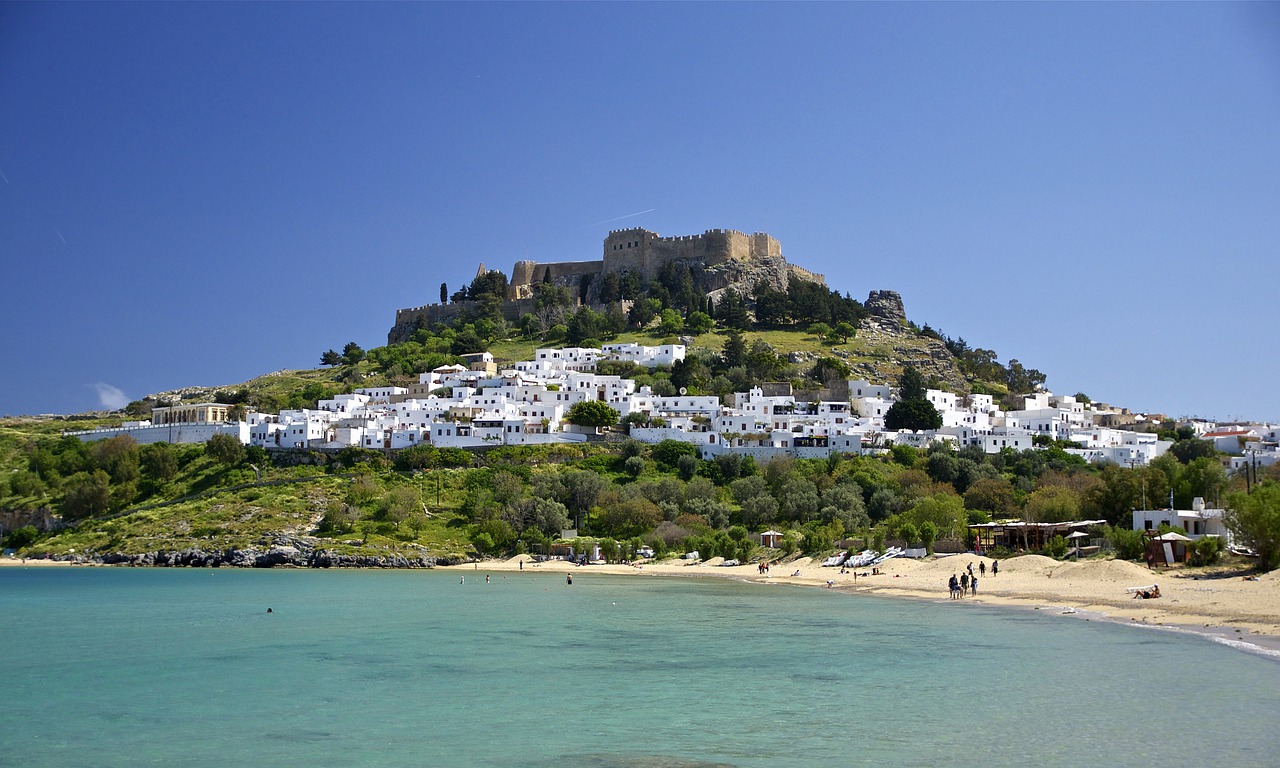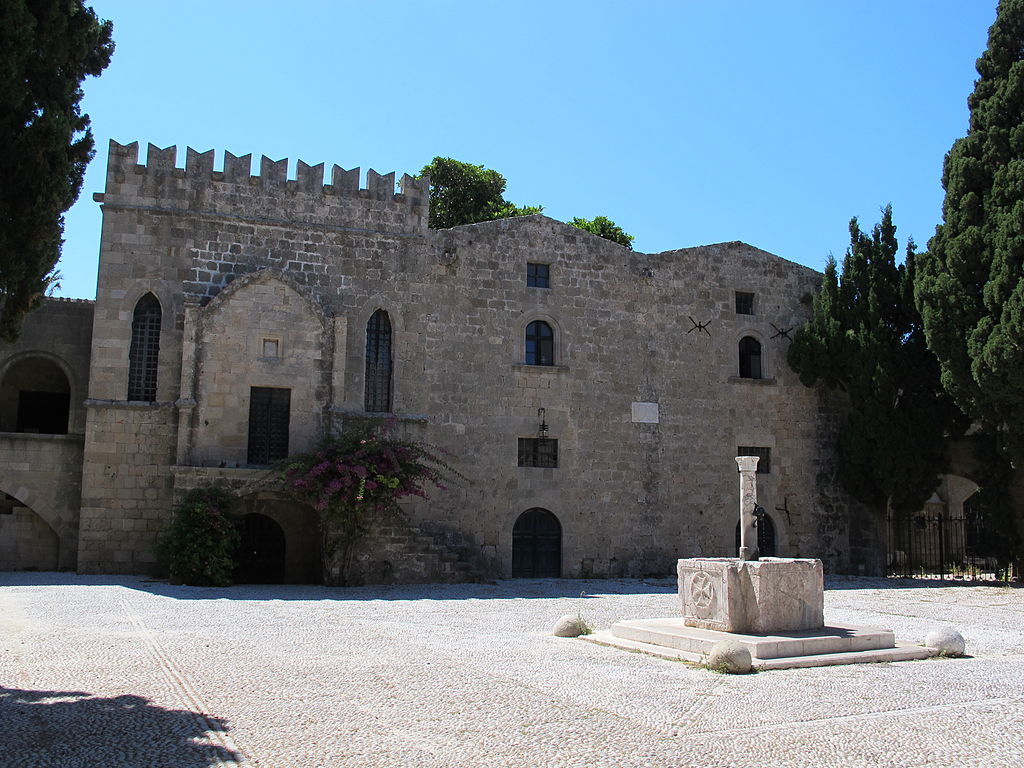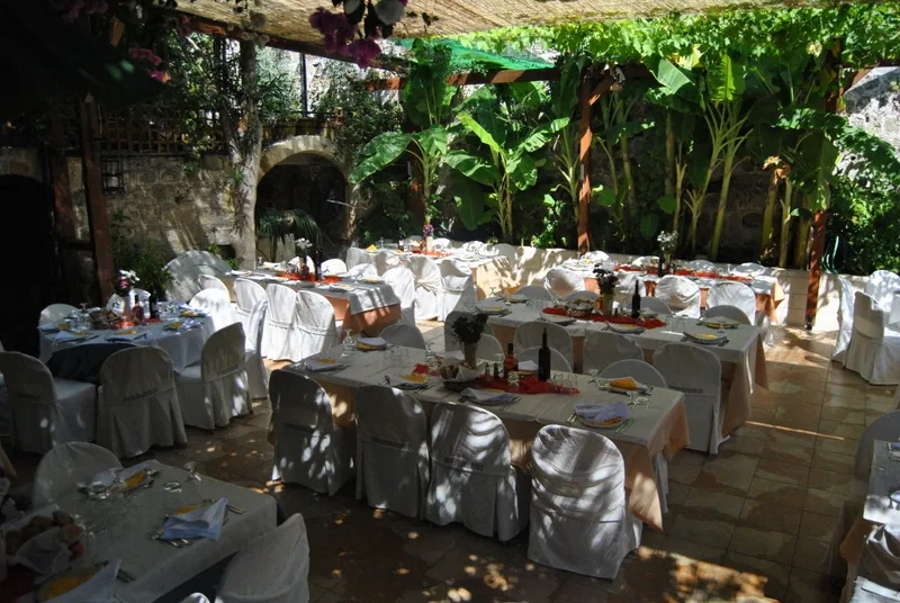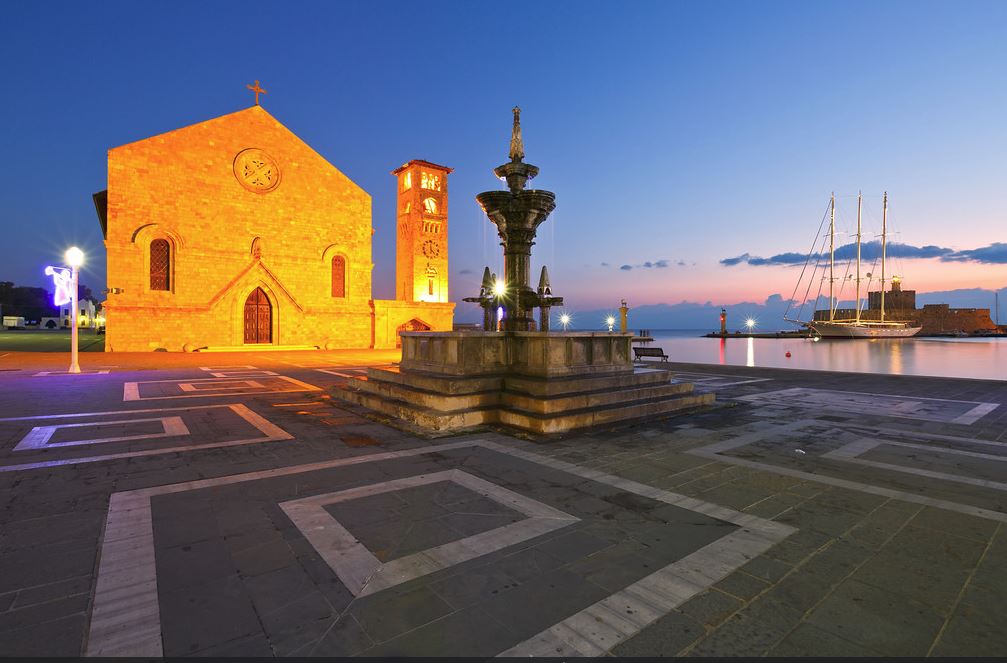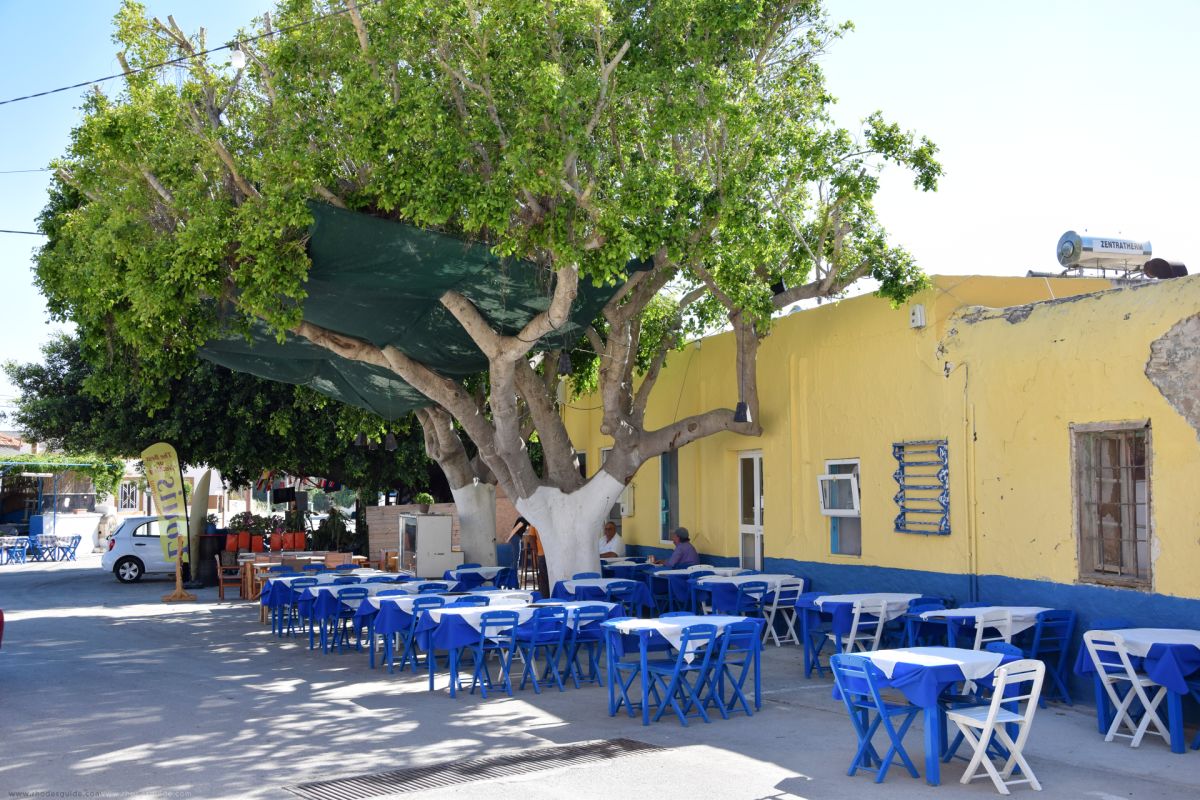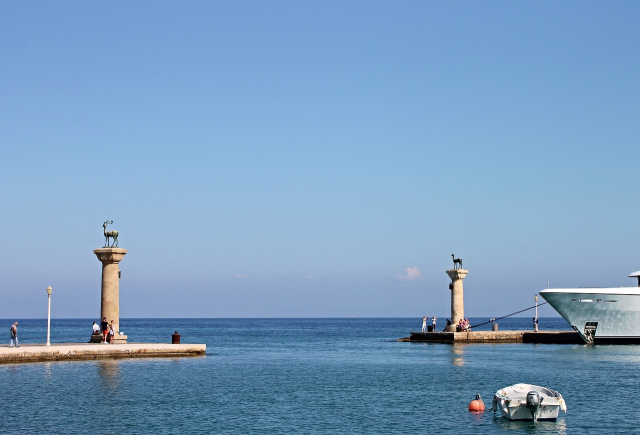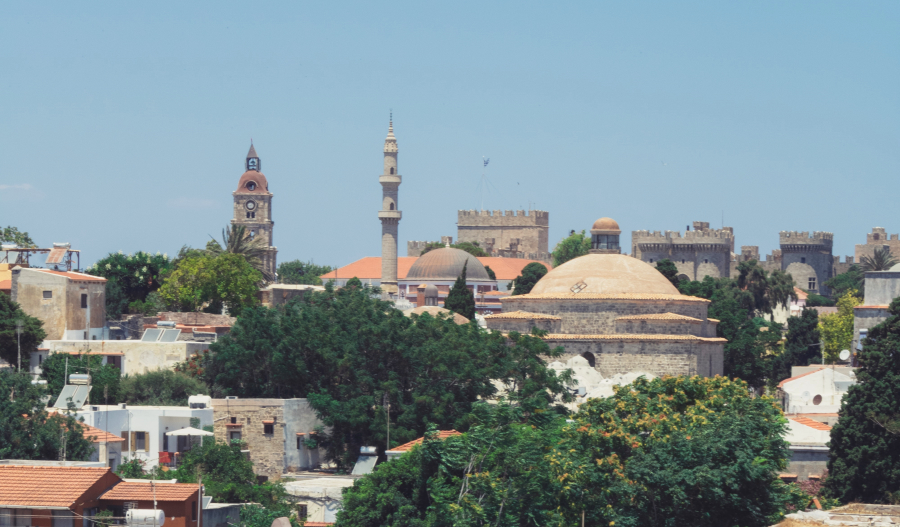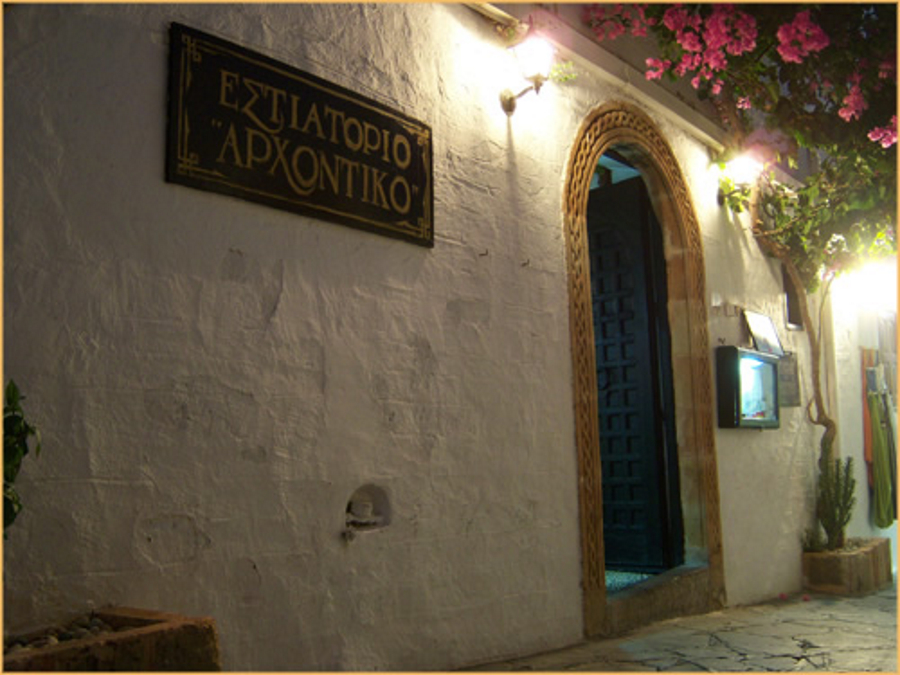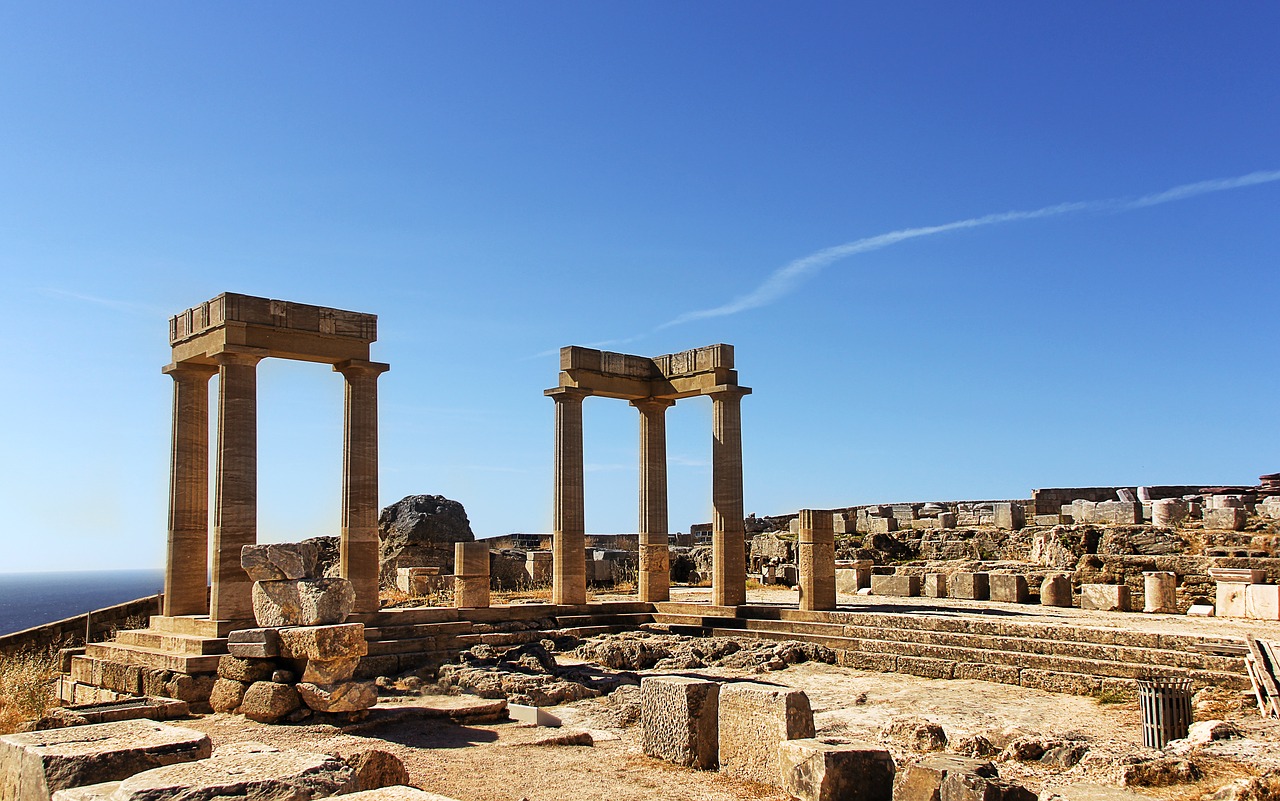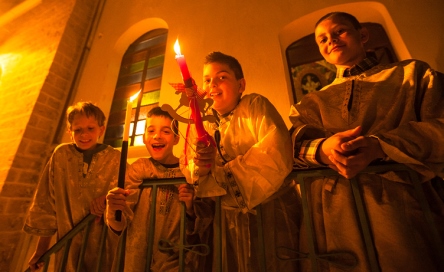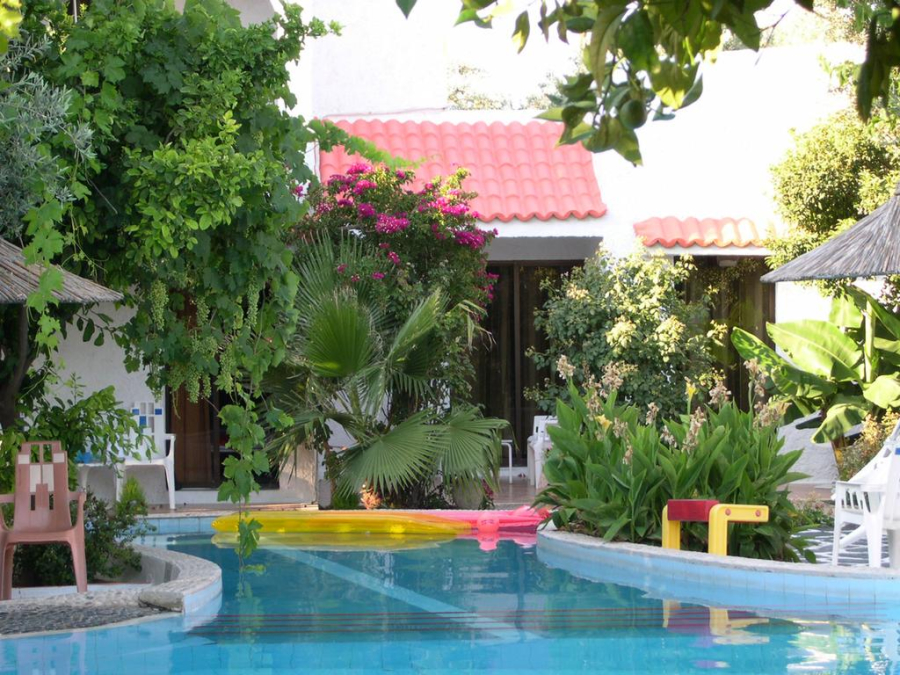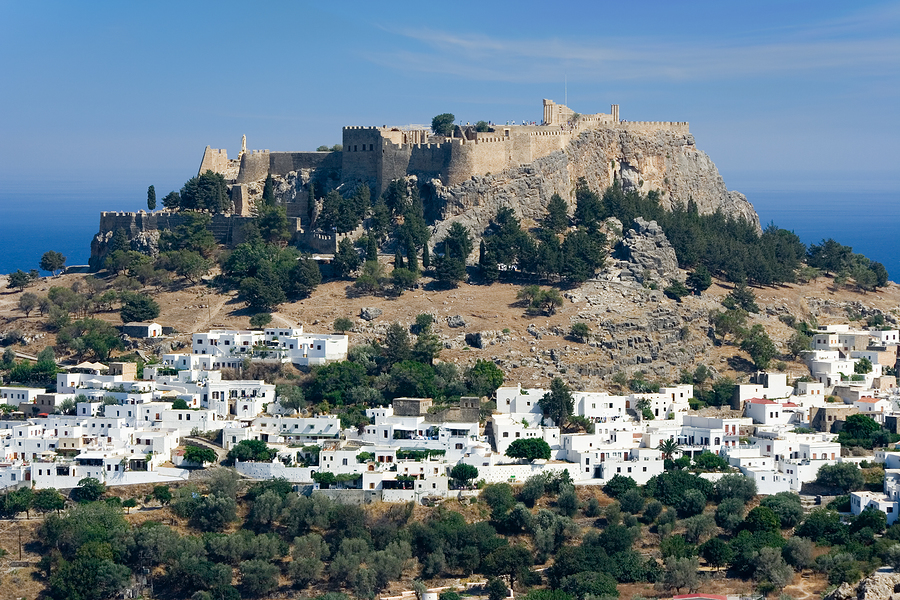- HOME
- Dodecanese
- Rhodes
- Rhodes Town Museums
Rhodes Town Museums
Rhodes Town museums include an archaeological museum, Byzantine museum, a museum of decorative arts, and exceptional collections of modern Greek art.
Archaeological Museum
Rhodes’s Archaeological Museum is located in the old Hospital of the Knights, a rather severe, but impressive, 15th-century Gothic building. A steep staircase leads to the magnificent infirmary hall with its central colonnade, the capitals of which are carved with heraldic devices.
The smaller side chambers of the upper gallery contain some fine artefacts including the celebrated, yet unglamorous, Marine Venus, a sea-eroded 4th-century BC statue of Aphrodite, which inspired the writer Lawrence Durrell to call his book about Rhodes, Reflections on a Marine Venus.
In other chambers are superb Rhodian amphorae, some fine Attic pottery pieces, and Mycenaean jewellery. Look for the 4th-century gravestone of Kalliarista and its touching epigram inscribed by her husband, as well as the tiny vases and bowls that formed a child’s funerary gifts. Beyond the upper gallery is a sunlit sculpture garden.
Museum of Modern
Greek Art
Rhodes is the proud guardian of one of the finest collections of modern Greek art in existence. The collections are housed in separate galleries. Two are in the Old Town: the Municipal Art Gallery, which contains a collection of fine engravings, while the second, the smaller Centre of Contemporary Art, exhibits and promotes work by contemporary artists.
Pride of place goes to the splendid Nestoridion Melathron, housed in the one-time Olympic Hotel at the heart of New Town’s hotel district. The building has been thoroughly modernised and contains superb collections from the 1860s to the present day. The displays include an extensive number of paintings and prints, together with sculptures and drawings by celebrated Greek artists.
Nestoridion Melathron, 1 Haritou Square.
Centre of Contemporary Art, 179 Sokratous Street.
Some Cool Rhodes Souvenirs
Museum of Decorative
Arts
The Museum of Decorative Arts is housed in a ground floor room that was once part of the armoury of the Knights of St John. It is more of a folk art museum than its name implies, and has a charming and colourful collection of domestic goods from the 16th to the early 20th century.
These include folk costumes from the islands of Symi and Astypalaia, carved and painted chests and bedsteads, carved wall cupboards and other furnishings. There is a large collection of ceramics and fabrics, including carpets and such distinctive items as embroidered bed tents.
Argyrokastrou Square.
Byzantine Museum
The Byzantine Museum is housed in the splendid Church of Panagia Kastrou, the Virgin of the Castle. This 11th-century building has had a remarkable history. Originally it was the Byzantine Cathedral of Rhodes and had a classic Byzantine ‘cross-in-square’ form, with a central dome. The church was converted to a Roman Catholic cathedral by the Knights of St John, who replaced the dome with a barrel vault and cross vaults.
During the Turkish occupation of Rhodes the building was
converted into a mosque complete with minaret, removed during the Italian
reconstruction. Today, the church contains a few Byzantine and post-Byzantine
icons and wall-paintings, sculptures and mosaic fragments.
Mouseío Square
Read our review of the Best Guidebook to Rhodes
Museum of Ancient
Rhodes
Located within the Palace of the Grand Masters, this is an outstanding collection of artefacts that leads you through a series of displays from the Stone Age settlement of Rhodes through the classical to the Roman period. Among the many exhibits is a fine head of the Sun God Helios, Rhodes’ mythic founder.
A mosaic floor of the Middle Hellenistic period displays a superb ‘New Comedy Mask’ that you would swear was a painting rather than an intricate mosaic. Look out for the little bronze figures of bulls and grasshoppers. There are splendid collections of pottery and household goods from all periods displayed in an imaginative way.
Latest Posts
-
The Lesser-Known Traditions of Greek Easter
Step off the beaten path this spring and discover the enchanting — and often surprising — Easter traditions found across Greece. -
Easter in the Mystical Castle of Monemvasia
In the castle town of Monemvasia, with its dramatic medieval backdrop and sea views, Easter is a deeply spiritual and atmospheric experience. -
Sifnos: Greece’s Hidden Culinary Star on the Rise
Sifnos, a Cycladic island, is gaining fame for its rich culinary heritage, especially the beloved melopita honey-cheese tart. -
Easter in Leonidio: A Tapestry of Light, Culture and Cliffs
In Leonidio, Easter comes alive with handmade hot air balloons in the sky and lanterns made from bitter oranges in the streets. -
April 9 Strike in Greece to Impact Public Transport, Ferries and Air Travel
Transportation and travel across Greece will face disruptions on Wednesday, April 9, as public transport, ferry and aviation workers join a nationwide strike called by Greek labor unions. -
Ancient Theater of Lefkada Brought Fully to Light Following Systematic Excavation
The Greek Culture Ministry has announced that the first ancient theater ever identified in the Ionian Islands has recently been brought fully to light on Lefkada, revealing an impressive monument that… -
Seven Greek Traditions Recognized as Intangible Cultural Heritage
From traditional barrel-making to age-old folk dances, seven new entries on Greece’s National Inventory preserve the country’s living heritage for future generations. -
Greek Air Traffic Controllers to Hold 24-hour Strike, Disrupting Flights on April 9
The Hellenic Air Traffic Controllers Union have announced a 24-hour strike for Wednesday, April 9, in response to the protest called by the Civil Servants’ Confederation (ADEDY). The strike is being h… -
Ten Best Budget Hotels on Santorini
Greece Travel Secrets picks the ten best budget hotels on Santorini, some with caldera views, some near beaches and some close to the heart of Fira. -
No Ferries in Greece on April 9 as Seamen Join Nationwide Strike
The Pan-Hellenic Seamen’s Federation (PNO) has announced its participation in the 24-hour strike called by the General Confederation of Greek Labor (GSEE) on Wednesday, April 9. The strike, which will…

